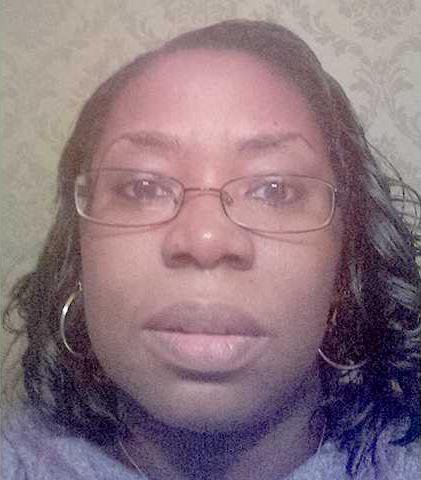In recent years, there has been a marked increase in public awareness of childhood apraxia of speech. Despite this awareness, this neuromotor condition remains poorly understood by many parents, teachers and even some pediatricians.
To clarify, let’s start by stating what CAS is not. CAS is not the consequence of exposure to “bad” English pronunciation, nor muscle weakness. It is, however, a neurological speech-sound disorder in which a child has imprecise and inconsistent motor movements. In other words, affected children are unable to verbally plan and execute what they want to say.
So how does CAS present? Children with CAS often exhibit a groping posture as if trying to get their mouths to form words. Many children with CAS omit entire classes of speech sounds (for example, they may omit all “s,” “f” and “th” sounds and other similar sounds). Still other children with CAS are only able to produce vowel sounds, making their speech highly difficult to understand. No matter the speech-sound errors, a hallmark of CAS is that errors are usually inconsistent.
CAS can be disruptive to a child’s academics and social life. If you suspect your child has CAS or any other speech or language condition, contact a speech-language pathologist for help.
Woods, M.L.I.S., M.C.D., CCC-SLP, completed her master’s degree in communication disorders at the University of South Carolina. She has worked in a variety of clinical settings as a speech-language pathologist and has obtained various advanced certifications.
What is childhood apraxia of speech?


Sign up for our E-Newsletters